Whether you’re a beginner or an experienced practitioner, understanding the various yoga poses and their names is crucial for enhancing your practice. This article provides a detailed look at different yoga poses, categorized by type and function, to help you navigate the world of yoga with ease.
Table of Contents
1. Common Categories of Yoga poses and names chart
Yoga poses can be broadly categorized into several types based on their function and the body parts they target. The most common categories include:
- Standing Poses
- Seated Poses
- Backbends
- Forward Bends
- Inversions
- Balancing Poses
- Twists
- Restorative Poses
2. Standing Poses
Standing poses form the foundation of many yoga practices. They are excellent for building strength and stability and often serve as warm-up poses. Some popular standing poses include:
- Mountain Pose (Tadasana): A foundational pose that improves posture and balance.
- Warrior I (Virabhadrasana I): Strengthens the legs and opens the chest and shoulders.
- Warrior II (Virabhadrasana II): Enhances stamina and concentration, stretching the legs and chest.
- Triangle Pose (Trikonasana): Stretches the legs, hips, and spine, improving digestion.
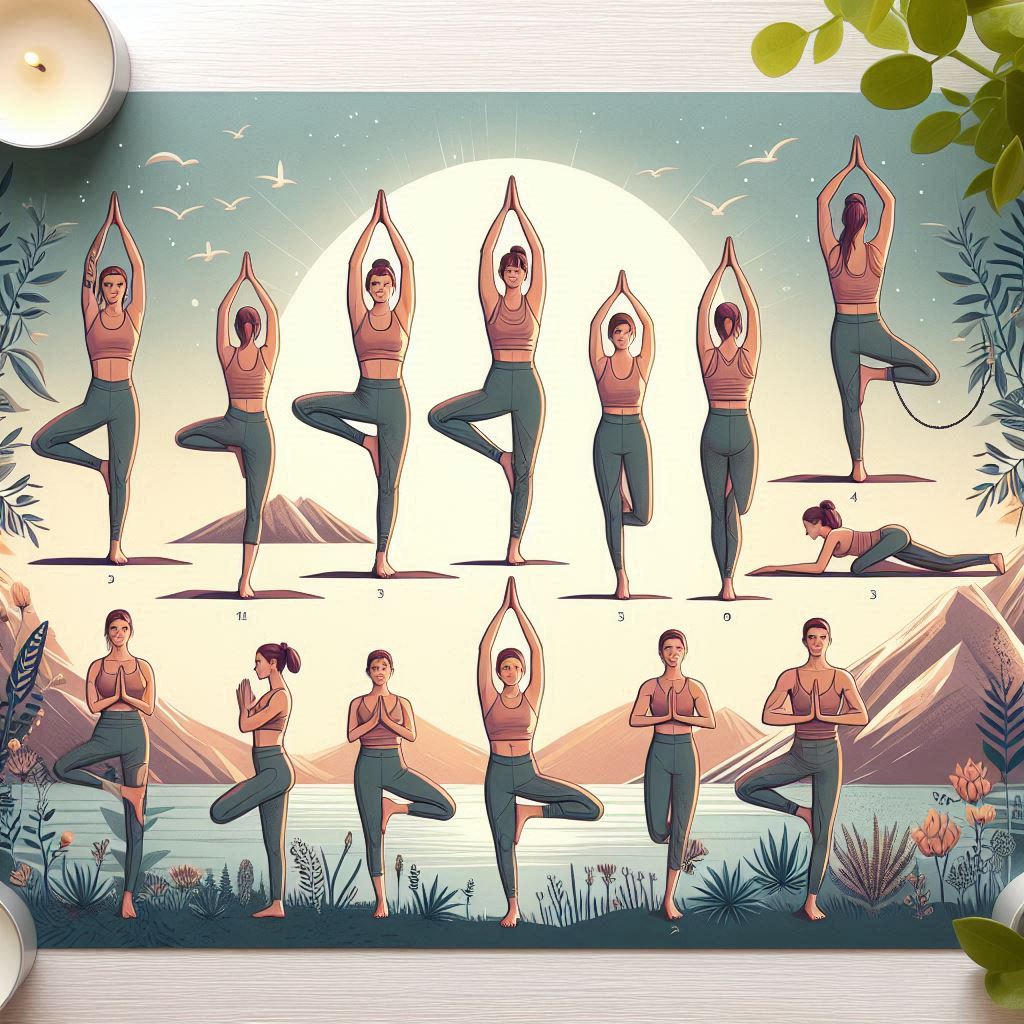
3. Seated Poses
Seated poses are great for grounding and opening the hips. They are often used in sequences aimed at flexibility and relaxation. Key seated poses include:
- Easy Pose (Sukhasana): A simple cross-legged position for meditation and breathing exercises.
- Staff Pose (Dandasana): Strengthens the back muscles and improves posture.
- Seated Forward Bend (Paschimottanasana): Stretches the spine, shoulders, and hamstrings.
- Bound Angle Pose (Baddha Konasana): Opens the hips and groin area.
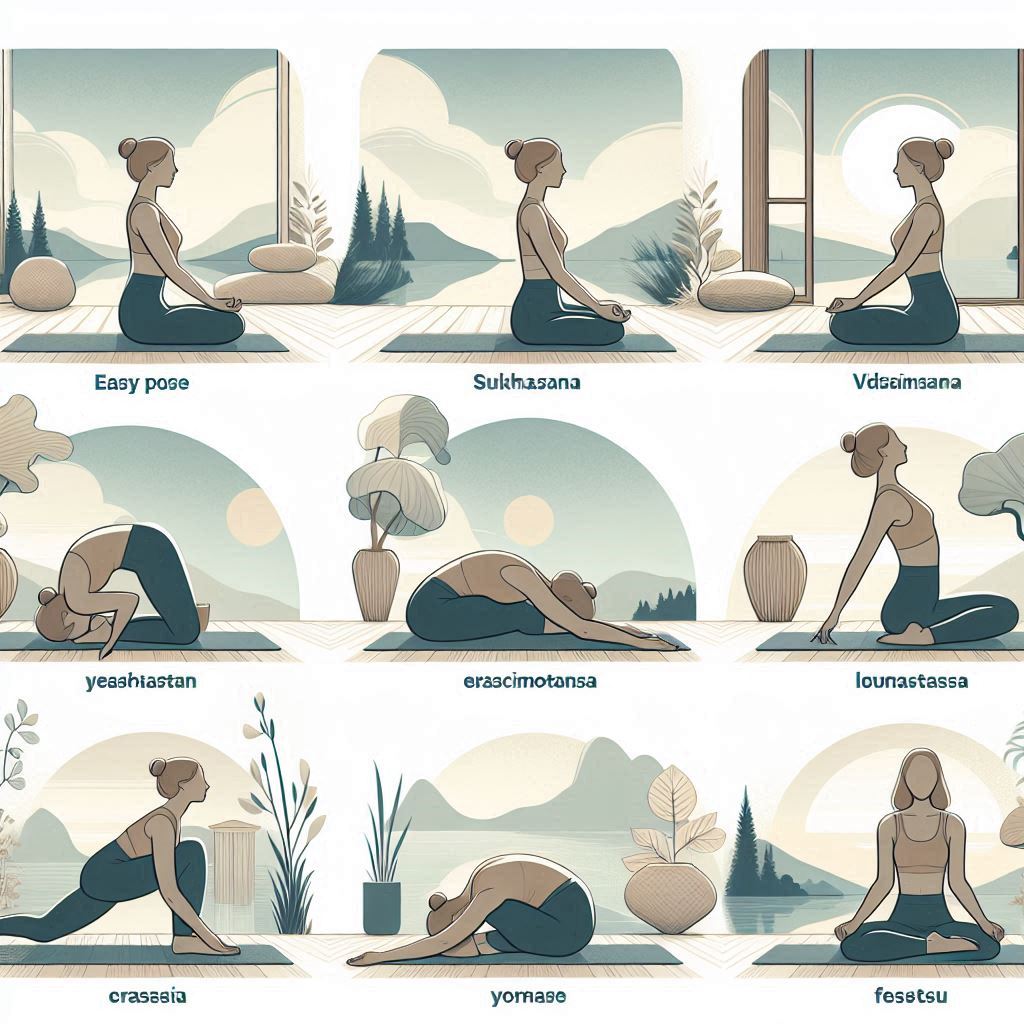
4. Backbends
Backbends are invigorating poses that open the chest and strengthen the back muscles. They are excellent for improving posture and flexibility in the spine. Some common backbends are:
- Cobra Pose (Bhujangasana): Strengthens the back and shoulders while opening the chest.
- Bow Pose (Dhanurasana): Enhances spinal flexibility and strengthens the back muscles.
- Camel Pose (Ustrasana): Opens the chest, shoulders, and throat, improving respiration.
- Bridge Pose (Setu Bandhasana): Strengthens the legs and glutes while stretching the chest and spine.
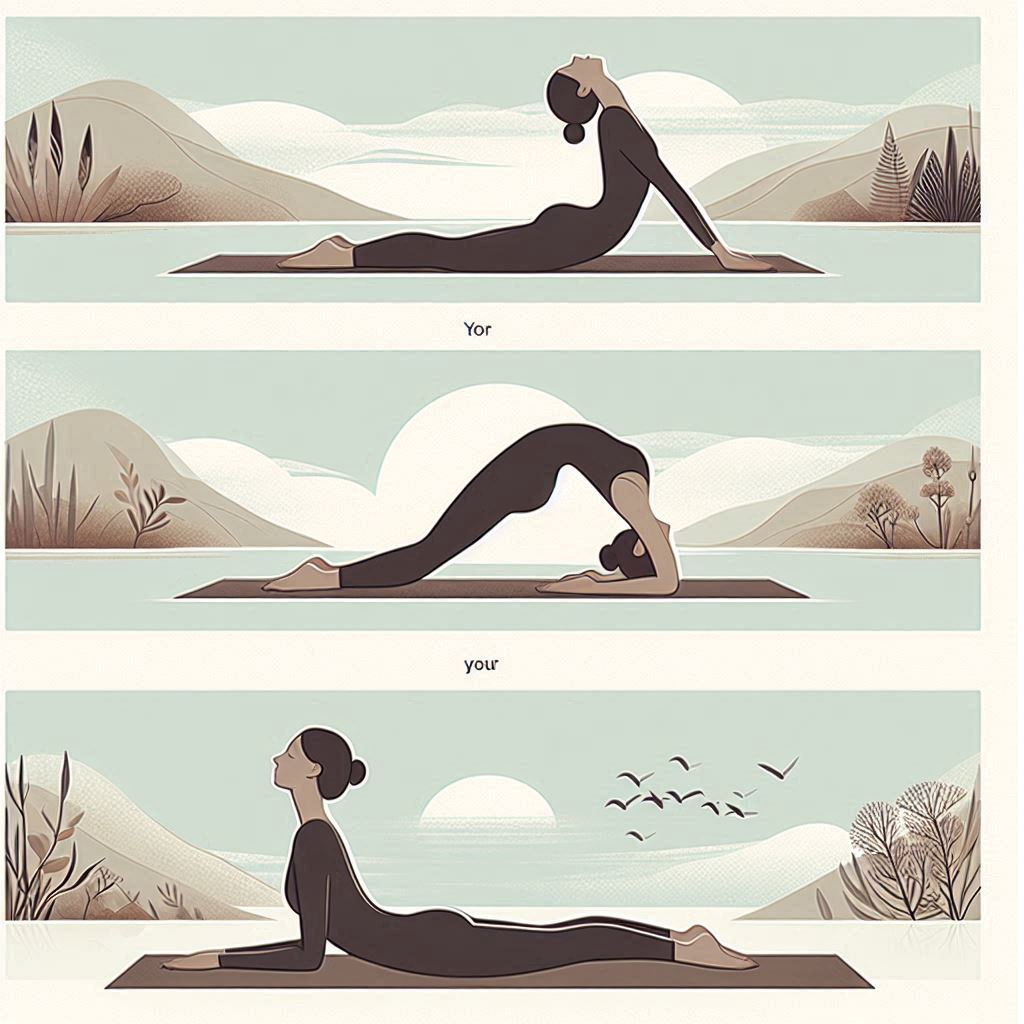
5. Forward Bends
Forward bends are calming poses that stretch the back of the body, including the spine, hamstrings, and calves. Key forward bends include:
- Standing Forward Bend (Uttanasana): Stretches the hamstrings and calms the mind.
- Child’s Pose (Balasana): A gentle resting pose that stretches the back and shoulders.
- Head-to-Knee Forward Bend (Janu Sirsasana): Stretches the hamstrings and spine.
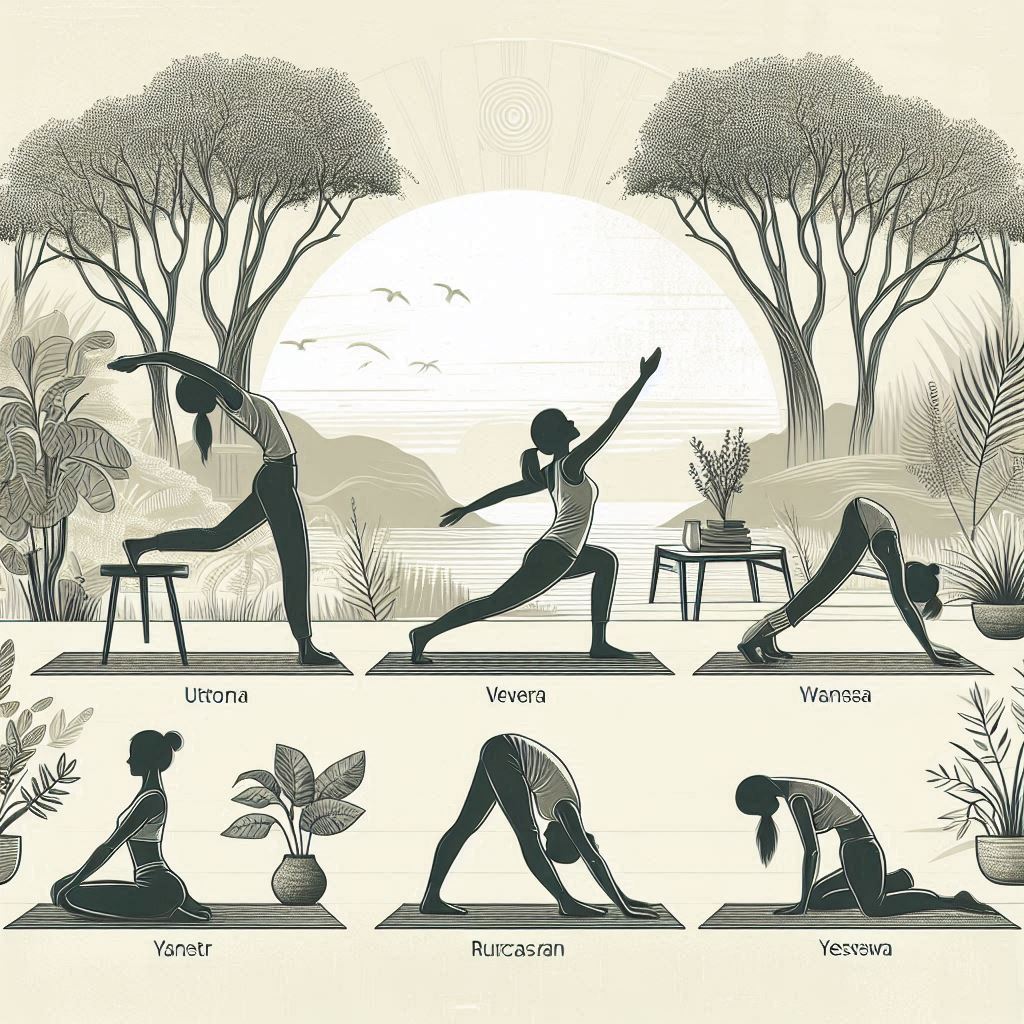
6. Inversions
Inversions are poses where the head is below the heart, promoting blood circulation and a fresh perspective. They range from beginner-friendly to advanced poses. Popular inversions include:
- Downward-Facing Dog (Adho Mukha Svanasana): Stretches the entire body and calms the mind.
- Headstand (Sirsasana): A challenging pose that strengthens the arms, shoulders, and core.
- Shoulder Stand (Sarvangasana): Improves circulation and strengthens the upper body.
- Legs Up the Wall (Viparita Karani): A gentle inversion that relieves tired legs and promotes relaxation.
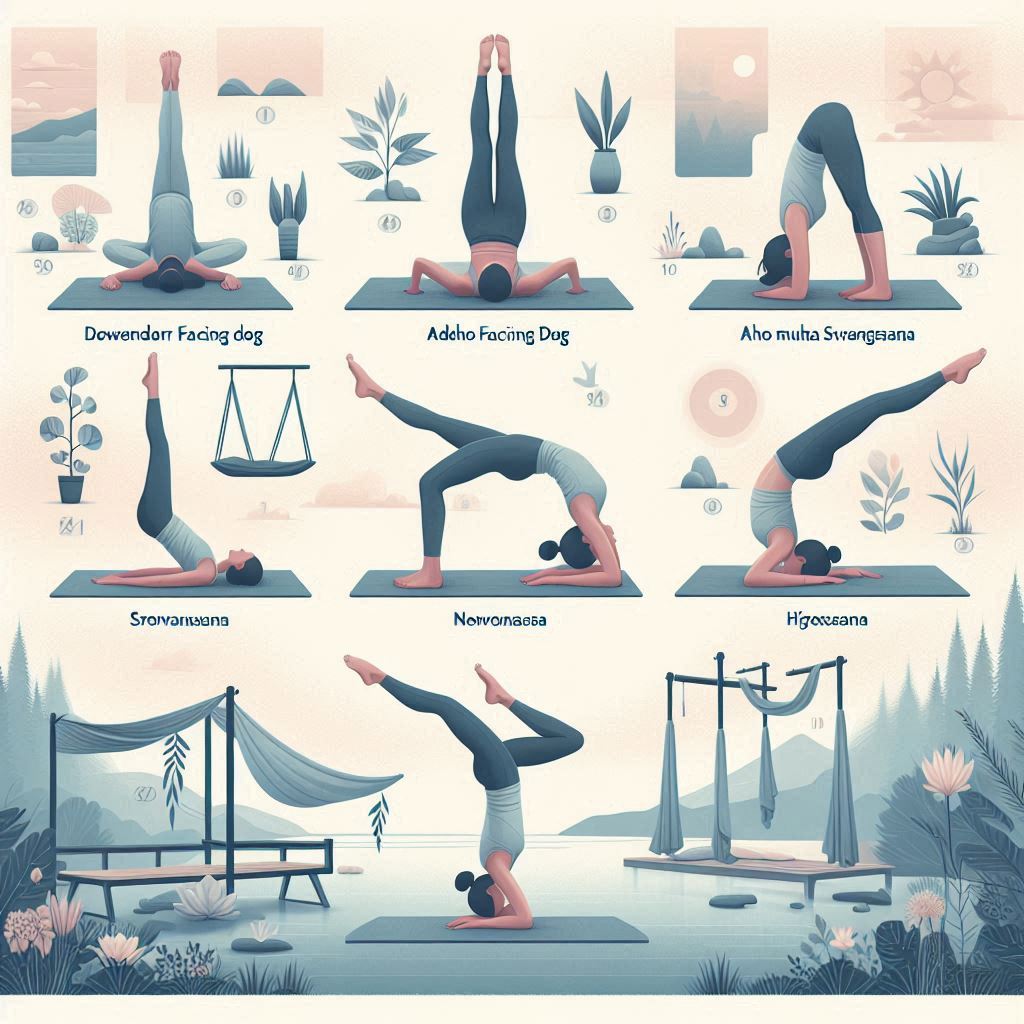
7. Balancing Poses
Balancing poses improve stability, coordination, and focus. They often engage the core muscles and require concentration. Key balancing poses include:
- Tree Pose (Vrikshasana): Strengthens the legs and improves balance and focus.
- Eagle Pose (Garudasana): Enhances balance and stretches the shoulders and hips.
- Half Moon Pose (Ardha Chandrasana): Strengthens the legs and core while improving balance.
- Crow Pose (Bakasana): A challenging arm balance that builds strength and focus.
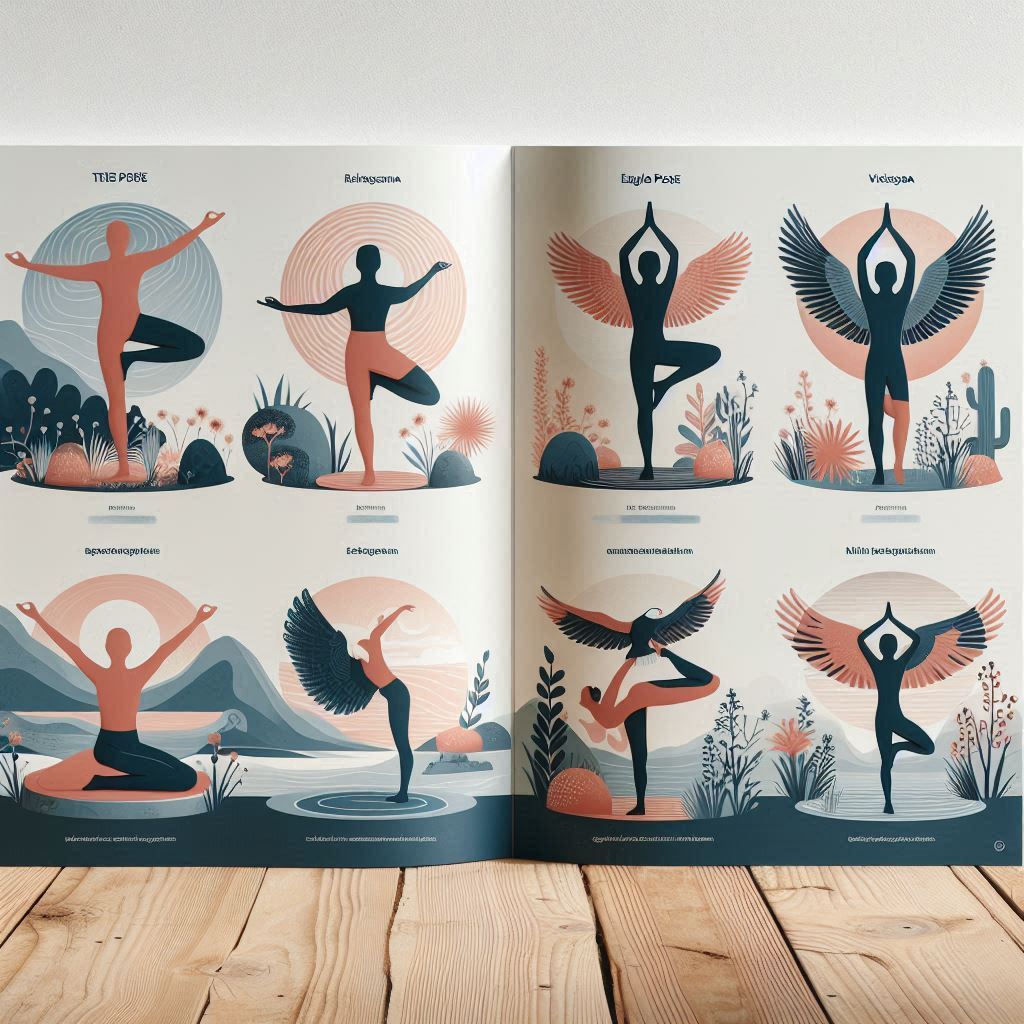
8. Twists
Twists are excellent for detoxifying the body and improving spinal mobility. They also aid digestion and relieve tension. Important twisting poses include:
- Seated Spinal Twist (Ardha Matsyendrasana): Stretches the spine and shoulders while improving digestion.
- Revolved Triangle Pose (Parivrtta Trikonasana): Stretches the legs and spine while improving balance.
- Supine Spinal Twist (Supta Matsyendrasana): A gentle twist that stretches the spine and relaxes the body.
- Revolved Chair Pose (Parivrtta Utkatasana): Strengthens the legs and core while stretching the spine.
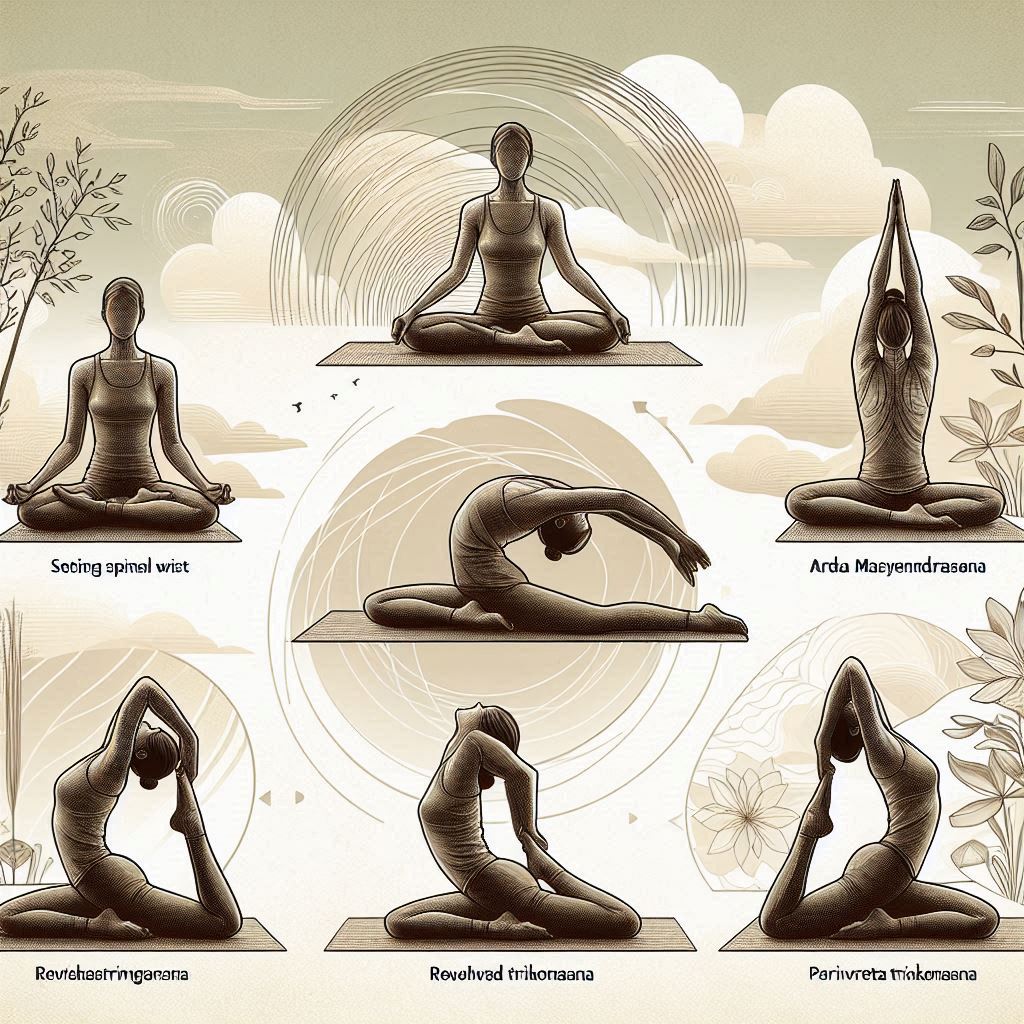
9. Restorative Poses
Restorative poses are gentle, relaxing poses that promote deep relaxation and healing. They are typically held for longer periods to allow the body and mind to fully relax. Key restorative poses include:
- Corpse Pose (Savasana): The ultimate relaxation pose, often used at the end of a practice.
- Legs Up the Wall (Viparita Karani): A calming pose that relieves tired legs and promotes circulation.
- Supported Bridge Pose (Setu Bandha Sarvangasana): A gentle backbend that opens the chest and shoulders.
- Reclining Bound Angle Pose (Supta Baddha Konasana): Opens the hips and relaxes the body.
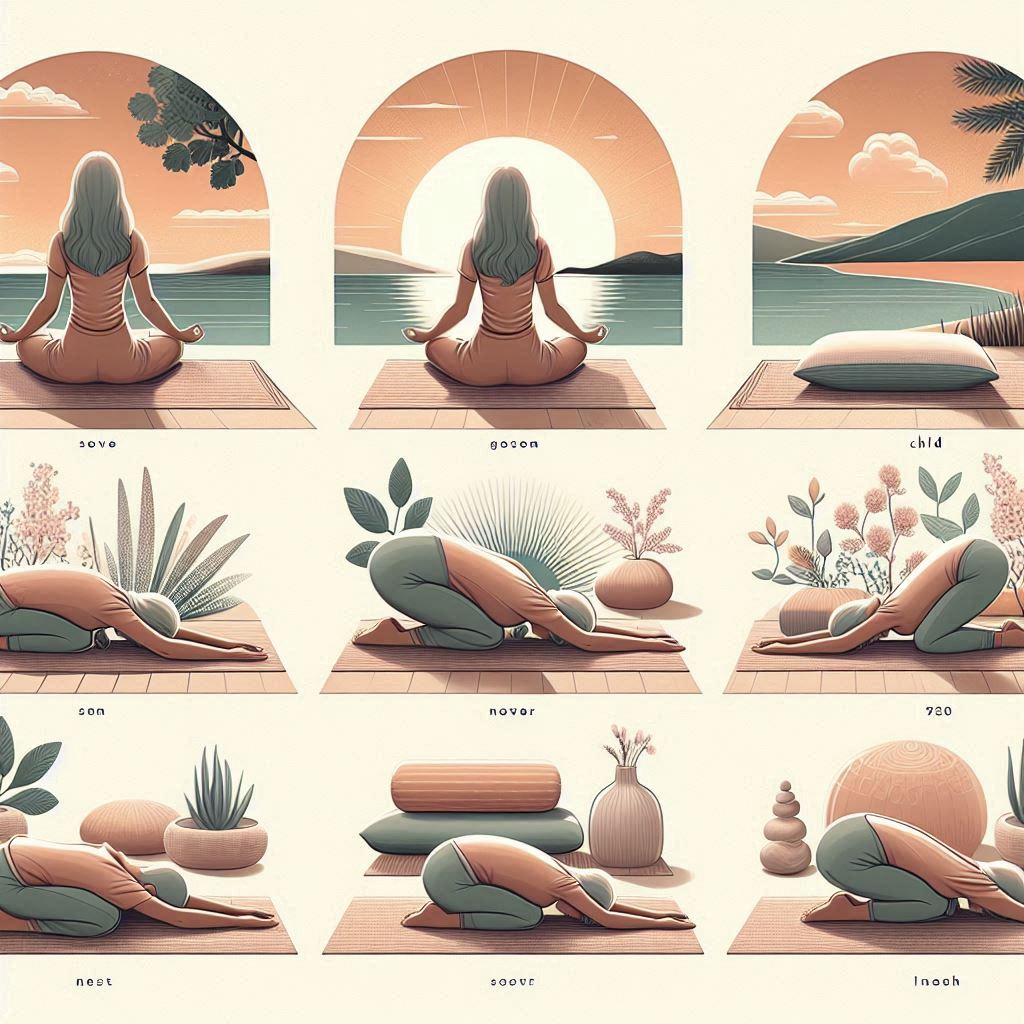
Yoga-go.io genuine review
7 kirtan kriya benefits Incredible
Somatic Yoga Exercises PDF
50+ Printable Chair exercises for seniors
Horse Yoga Pose Step-by-Step
Dangers of Yin Yoga for People with (Osteoporosis)
Is kirtan kriya dangerous
20+ Spiritual Dangers of Yoga
Top 10 Somatic Yoga Exercises
20+ Hot Yin Yoga Essential Poses
What is Yin Yang Yoga
10+ Kundalini Yoga Kriyas







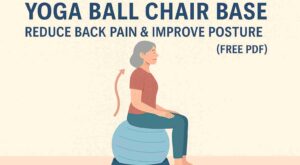
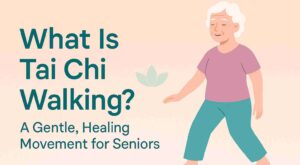
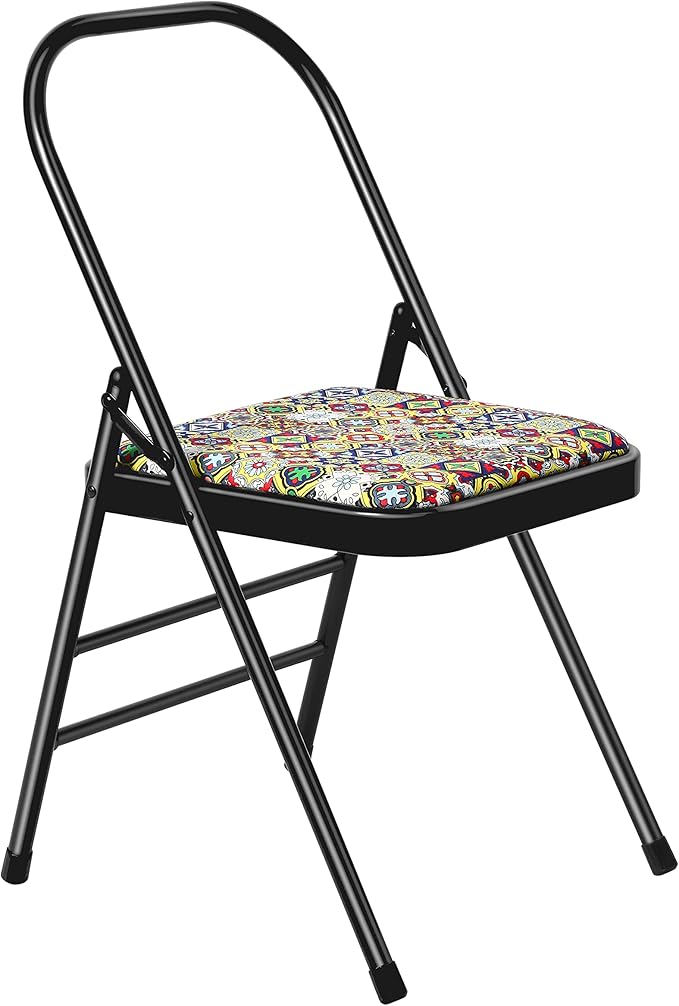
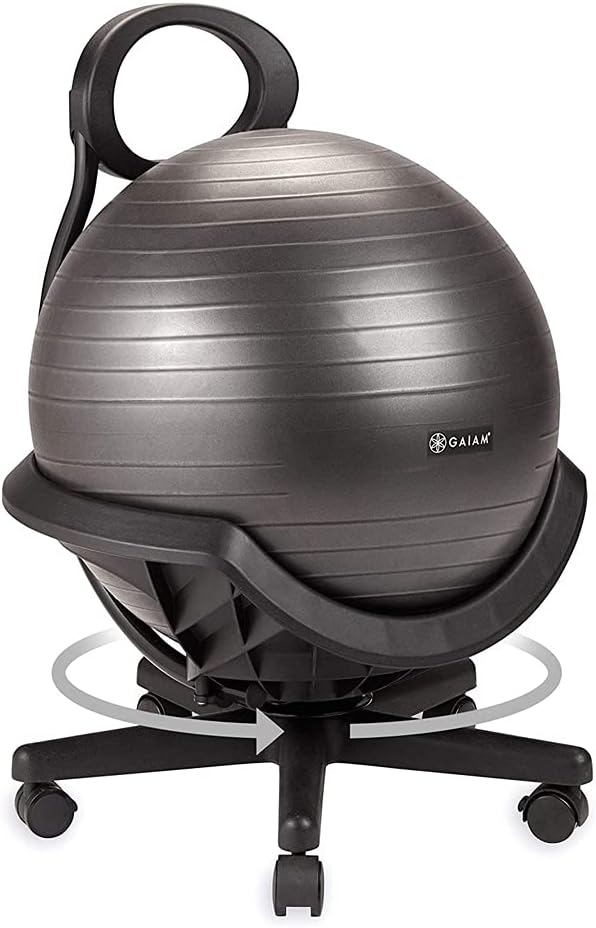

2 thoughts on “Essential – Yoga poses and names chart”
Pingback: Which is better for osteoporosis yoga or pilates? (2024)
Pingback: 50+ Essential Chair Yoga poses for Office Workers